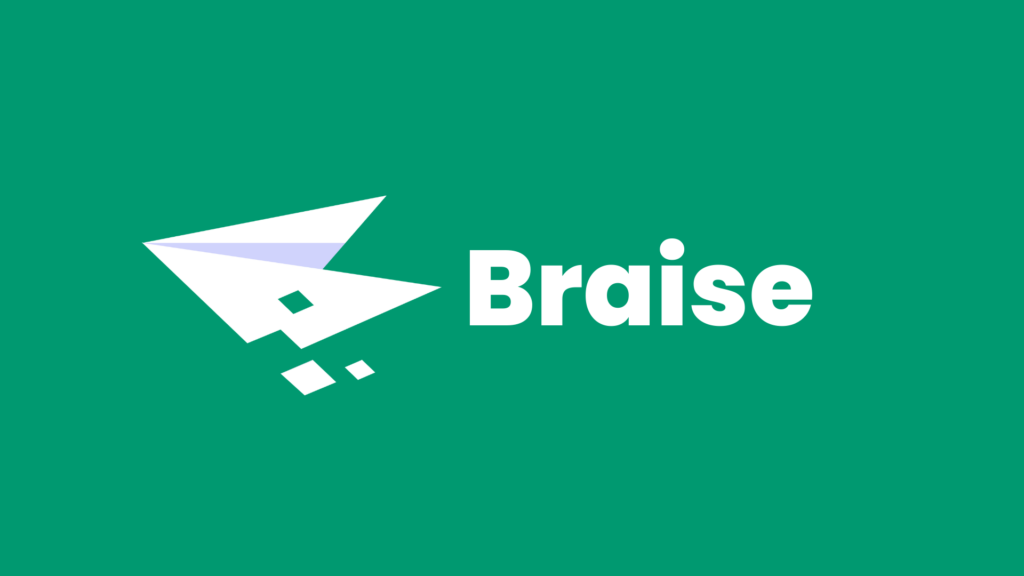In the world of user interface and user experience (UI/UX) design, Adobe XD stands as a prominent tool, a Swiss Army knife of sorts for designers and developers. This comprehensive guide will delve into the multifaceted realm of Adobe XD, exploring its applications, features, and the value it brings to the design and prototyping landscape.
It is more than just design software; it’s a powerhouse of innovation, designed to simplify the intricate process of crafting digital interfaces and interactive prototypes. From its versatility to its seamless integration with the Adobe Creative Cloud ecosystem, Adobe XD has earned its place as a go-to choice for professionals seeking to create stunning, user-centric designs. Let’s embark on a journey through its capabilities, address common queries, and shed light on its contemporary significance.
What Adobe XD is Used For
The canvas of Adobe XD extends across the design and development landscape, addressing the demands of both novice and seasoned professionals.It offers a comprehensive array of tools for conceptualizing, designing, prototyping, and collaborating on a spectrum of projects, including web applications and mobile interfaces.
It serves as a digital sketchbook where your creative ideas come to life. It lets designers create wireframes, mockups, and high-fidelity designs, enabling them to explore and refine the visual elements of their projects. Beyond design, it facilitates the creation of interactive prototypes, allowing for user testing, feedback, and iteration before development begins. It streamlines the entire design process, ensuring that the final product meets user expectations and aligns with the project’s goals.
Is Adobe XD for Free?
One of the most attractive features of Adobe XD is its accessibility. The software offers a free version that includes essential design and prototyping capabilities. Designers and developers can leverage the free plan to create, share, and collaborate on their design projects. This makes it an excellent choice for individuals and small teams looking to get started without financial constraints.
For those seeking more advanced features and enhanced storage capabilities, it provides premium subscription options. These paid plans cater to professionals and larger teams working on complex projects. The scalability of it allows users to transition seamlessly from the free version to paid plans as their needs evolve.
Adobe XD or Figma?
The landscape of UI/UX design tools is marked by diversity, and Adobe XD and Figma are two standout contenders. Adobe XD, a part of the Adobe Creative Cloud suite, boasts a deep integration with Adobe’s other software applications, making it a preferred choice for designers who are already familiar with Adobe’s ecosystem.
On the other hand, Figma is a web-based tool that shines in real-time collaboration. Teams working on the same design project can simultaneously view and edit designs in Figma, fostering efficient teamwork, and real-time feedback. Choosing between Adobe XD and Figma largely depends on your specific workflow, team dynamics, and personal preferences. Both tools have their strengths and cater to different aspects of the design process.
Why was Adobe XD Discontinued?
Contrary to any misconception, Adobe XD has not been discontinued. Instead, it remains a thriving and continuously evolving tool in the realm of UI/UX design.it actively updates and enhances Adobe XD, keeping pace with the ever-changing demands and trends in the design industry.
Key Features and Capabilities of Adobe XD
Now that we have a fundamental understanding of Adobe XD’s role in the world of UI/UX design, let’s delve deeper into its key features and capabilities that make it a top choice for professionals.
1. Responsive Design: Adobe XD offers a responsive resizing feature that simplifies the process of adapting designs to various screen sizes and orientations. Designers can effortlessly create layouts that look great on desktops, tablets, and mobile devices, ensuring a consistent user experience across platforms.
2. Interactive Prototyping: Design is not just about aesthetics; it’s also about functionality. it allows designers to create interactive prototypes with ease. Designers can add interactive elements, transitions, and animations to their designs, enabling stakeholders and clients to experience the user journey firsthand.
3. Integration with Adobe Creative Cloud: Adobe XD seamlessly integrates with other Adobe Creative Cloud applications, such as Photoshop and Illustrator. This synergy enables designers to transfer their work between programs effortlessly, making it a preferred choice for those already invested in Adobe’s suite of tools.
4. Collaboration and Sharing: Collaboration is at the heart of effective design, and it recognizes this by providing robust collaboration and sharing features. Designers can collaborate in real-time with team members, making it easy to gather feedback and iterate on designs. Additionally, sharing design prototypes with stakeholders or clients is a straightforward process.
5. Plugins and Extensibility: Adobe XD offers an extensive library of plugins that expand its capabilities even further. These plugins cover a wide range of functionalities, from data generation to design systems management, allowing designers to tailor them to their specific project requirements.
6. Voice Prototyping: As voice interfaces become increasingly prevalent, It has introduced voice prototyping features. Designers can now create and test voice user interfaces, ensuring a seamless user experience for voice-activated applications.
The Evolution of Adobe XD
Adobe XD’s journey has been marked by consistent growth and innovation. With regular updates, Adobe has addressed the evolving needs of designers and developers. Features like Coediting and Cloud Documents enhance collaboration, enabling teams to work together from anywhere.
It has also adapted for emerging tech like AR and VR, aligning with evolving design requirements. This adaptability positions it at the forefront of design tools, catering to the ever-expanding boundaries of digital experiences.
A Glimpse into the Future
The future of Adobe XD holds the promise of further enhancements and innovations. Adobe’s dedication to staying at the design technology forefront guarantees designers benefit from the latest tools. The evolving design landscape’s focus on users and cross-platform experiences will shape Adobe XD’s future.
In summary, Adobe XD is a vital, ongoing tool for designers and developers, far from being discontinued. Versatile, user-friendly, and deeply integrated with Adobe’s ecosystem, it’s a prized tool in every UI/UX professional’s kit. Adobe XD adapts to evolving design, empowering creators for exceptional digital experiences in a changing industry.
Final Thoughts
Adobe XD is not just software; it’s a gateway to unlocking creativity, efficiency, and collaboration. Streamlining design, fostering teamwork, and prioritizing user experiences are the core tenets of every project. It empowers both experienced and novice designers to realize their design visions with precision and finesse.
Exploring UI/UX, Adobe XD showcases digital design’s boundless potential in a vast creative landscape. It is a testament to the power of innovation and creativity that continue to shape the world of design. As you start your next design journey, explore how it enhances projects, streamlines workflows, and sparks creativity.








